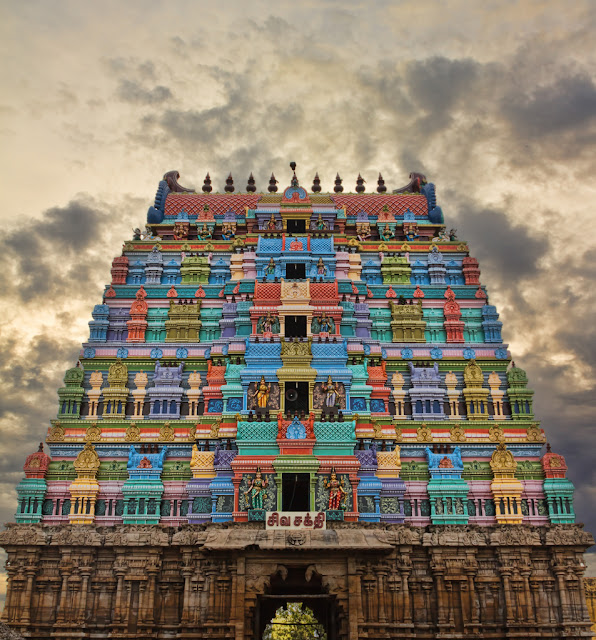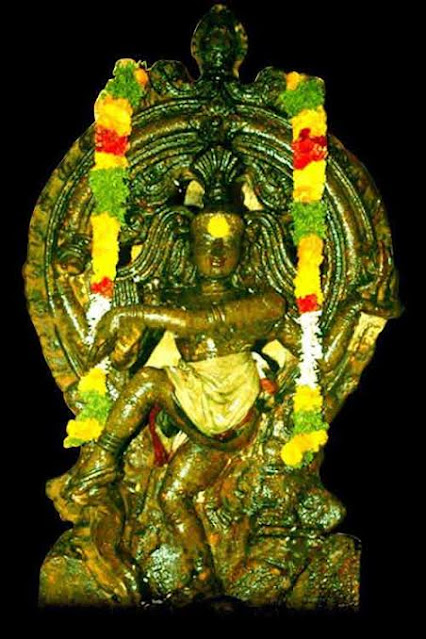Hoax Survey of Happiness Index in the World!!!!



| Country | Most happiest Country | Most Depressed Country | Most Unfaithful nationalities | Non marital baby births (2018 data) | Divorce rates |
| Finland | Rank 1 | Rank 10 (36 %) | 44.60% | 54.46% | |
| Denmark | Rank 2 | Rank 2 (46 %) | 54.2 % | 55.33 % | |
| Norway | Rank 5 | Rank 10 (10%) | Rank 6 (41%) | ||
| Netherlands | Rank 6 | Rank 8 (14%) | 51.90% | 50.99% | |
| Sweden | Rank 7 | Rank 7 (18%) | 54.5 % | ||
| New Zealand | Rank 8 | Rank 6 (23%) | 42 % | ||
| Luxembourg | Rank 10 | 39.50% | 87 % | ||
| Austria | Rank 9 | 41.30% |

The kurinji and Neytal landscapes were named for some of the places in Iran, exactly as per the classification mentioned in the sangam literature
According to Wikipedia -
" Kurijan is a village in Sabzdasht Rural District, in the Central District of Kabudarahang County, Hamadan Province, Iran."
Hamadan province is located in the 'Zagros Mountain'. As this place is near to hilly / mountain region, it was named as 'Kuriji', which is also matching with the description mentioned in the sangam literature !!
The places in Iran, Neytal and Kurinji are not only named in tamizh, but also matching with the landscape divisions mentioned in the sangam literature !!
Another important point to be noted here is kurinji people's deity is Lord Murugan. In the previous part (part2), I have mentioned about Lord Kartikeya / Murugan being worshiped in Iran and many places were named after him. The reason behind that is wherever kurinji people had spread / settled, they worshiped Lord Murugan.
Yazidi people were one of the kurinji people, as they inhabited near Caucasus mountains.
This is also confirming that there was an extensive tamizh civilization in Iran in the past, whose records were burned or destroyed during later period of time. Several thousand years before Iran was ruled by major and minor tamizh kings and so named many places in tamizh as per the rules of literatures, worshiped corresponding regional gods and followed tamizh culture everywhere.
There are more connections between Zagros mountain, Tamizh and Dravidian people. This mountain is home for the most ancient civilization in Iran called as 'Elamites'. Elamites expanded their region all over the Iran and Mesopotamia and their established their land in Iran called 'Illam'. In tamizh, Illam - means home, scholars are suggesting that the elamite language is related to proto-dravidian language.
In this Ilam province, there is place called 'Aivan'.
But, the truth is Aivan - denotes Ay dynasty of kings from ancient tamizhakam and their symbol is elephant. Ay group - means cowherd group of people and they were also called as 'Ayar'. They held major trading ports near south western region of tamizhakam and from there many expensive spices, herbs, medicines, precious metals, crops were exported to Persian countries.
Interesting point to be noted here is, Ay clan was one of the significant major hill-chiefs of early historic tamizhakam (south India). More details about Ay dyansty and their relationship with Iran is explained in the first point of this part1 post.
Out of the 20 potsherds, 15 are black and red potsherds and five are red potsherds having signs similar to the numbers ‘125’, ‘137’, ‘365’ of the Indus Valley inscriptions.
The number ‘125’ also looked like the letter ‘tha’ in Tamil Brahmi script, t
he number ‘365’ looked like a trident with a spot and
‘137’ looked like a multiplication symbol.A similar script was also found in Keeladi where the seventh phase of excavation is in underway.
Where is this Keeladi and Uthirakosamangai ? How it is related to Pandya Kings of sangam age ?
Keeladi is situated near Madurai, it is a famous archeological place which is unearthing several evidences for Vaigai civilization of ancient tamizhakam. Madurai was the capital of Pandya kings during third tamizh sangam, which is several thousand years before around 2000 BCE.

Uthirakosamangai is a tiny hamlet known for the oldest temple of Lord Shiva, who is also called as Mangalanatha Swamy. It is one of the pre historic place in Ramanathapuram district, tamil nadu. This land is the most ancient place such that scholars refer this place using an idiom that 'Whether the land comes first or mangai (Goddess Parvati) comes first ?'. In tamizh, the idiom is, 'Mann mundhiyo, mangai mundhiyo '.
 |
| Uthirakosamangai temple |
 |
| Emerald Natarajar |
Findings of ancient potsherd in Uthirakosamangai, historic Lord Shiva temple built by Pandya Kings, the major trading port near by, the rule of Pandya kings of Sangam era and the similar symbols of Indus Valley inscriptions in tamil nadu are the connecting dots. It is proved that ancient tamizhakam and Indus Valley civilization was once ruled by early Pandya Kings. Also, tamizh people have migrated from south to north and north western corridors, but not vice versa...
Tamizh people were not descendants of Indus valley people. Truth is, Indus valley people were the descendants of tamizh people !! Tamizh civilization had spread across the world with prosperity and cultural enrichment !!
- Aarthi Thiyagarajan



5. Lord Kartikeya / Skanda / Murugan
The ancient people in Iran were tamizhs, to be precise they were dravidians. Lord Kartikeya is son of Lord Shiva and Parvati. Iranians worshiped tamizh deity Lord Murugan and named many places in Iran after him. Lord Murugan also called as Kandhan, Kumaran, Skanda etc. There is also a place called Saravan in Gilan province of Iran.
Lord Murugan married his consort Valli, Valli is the second consort of kartikeya and she belongs to a forest group called Kuruvar - a Tamizh tribes of Kurunji region (mountain region). 'Vali', is a village in Khuzestan Province of Iran. Also,
Valian - also known as Velian is a village in Alborz Province, Iran.

 |
| Yazidi children in their temple shrine |
 |
| Holy Symbol of Yazidi |

